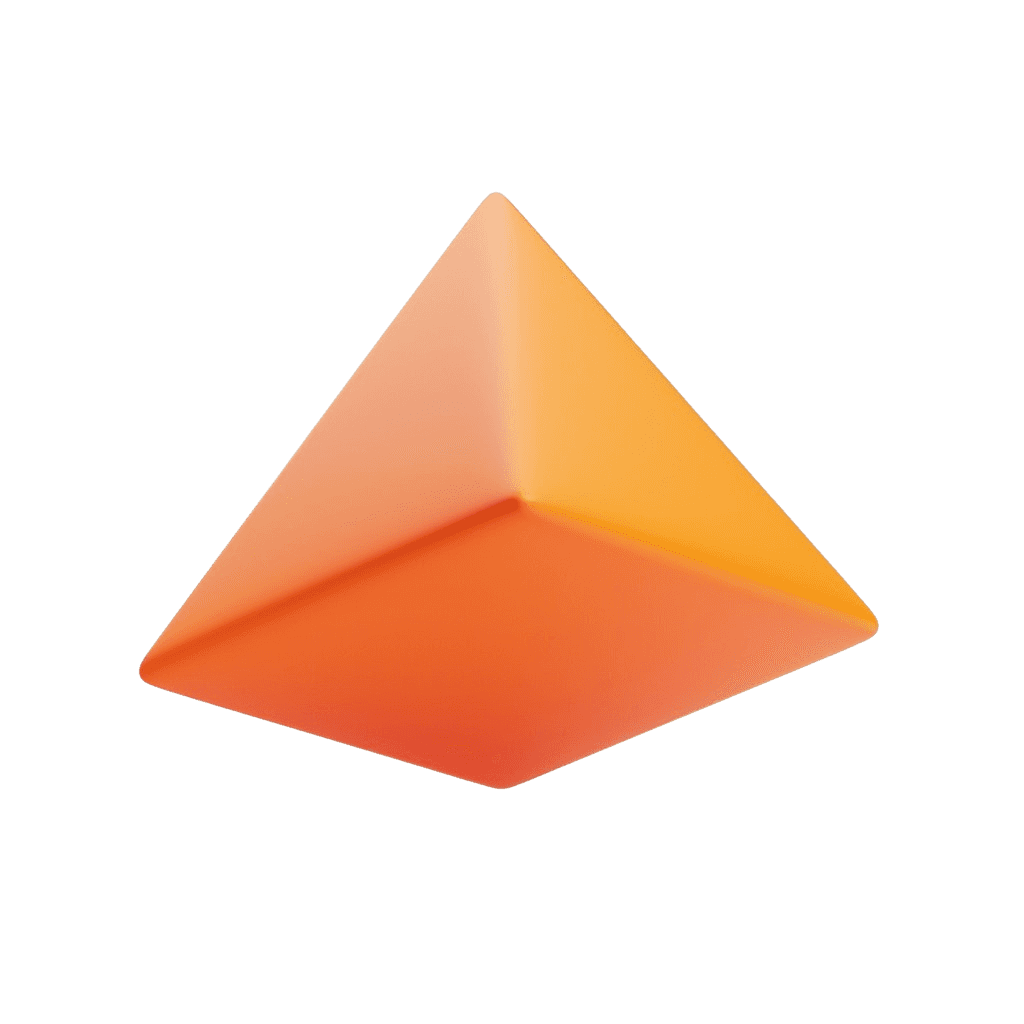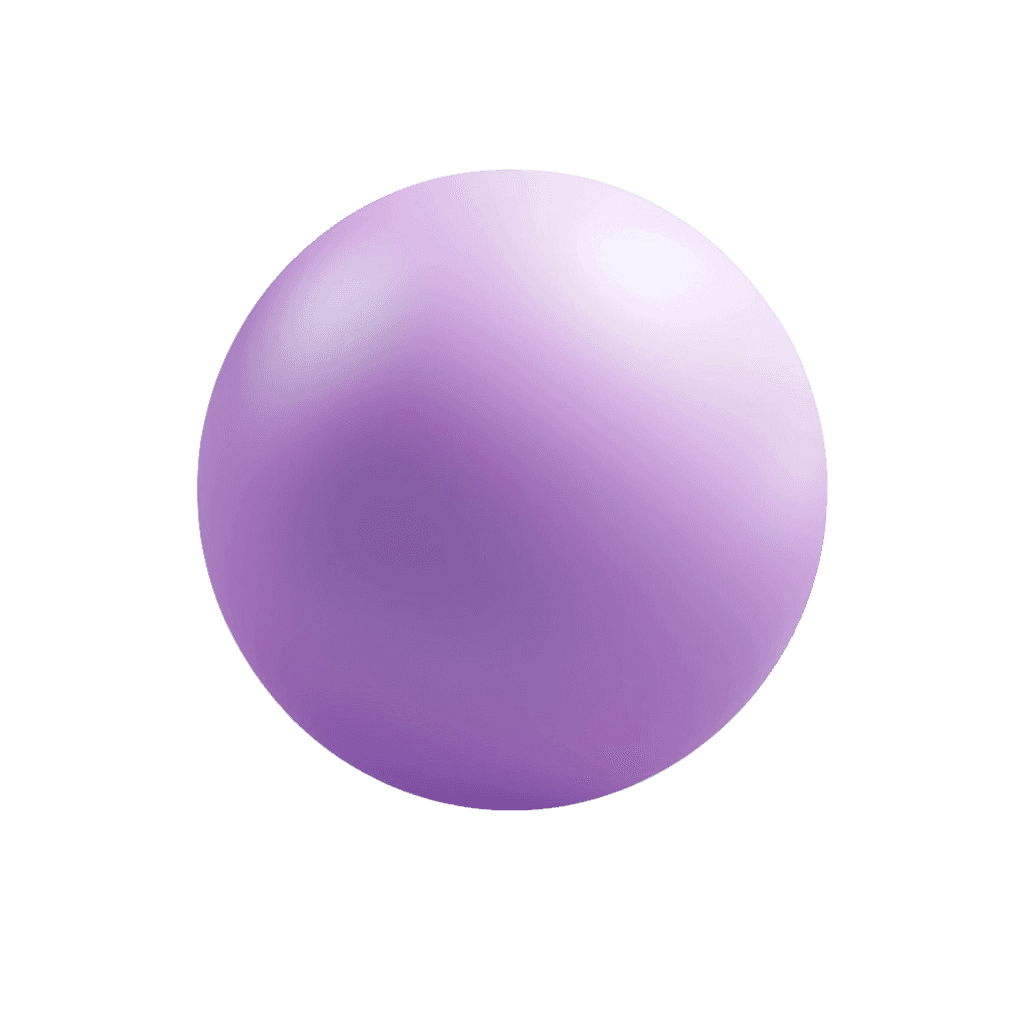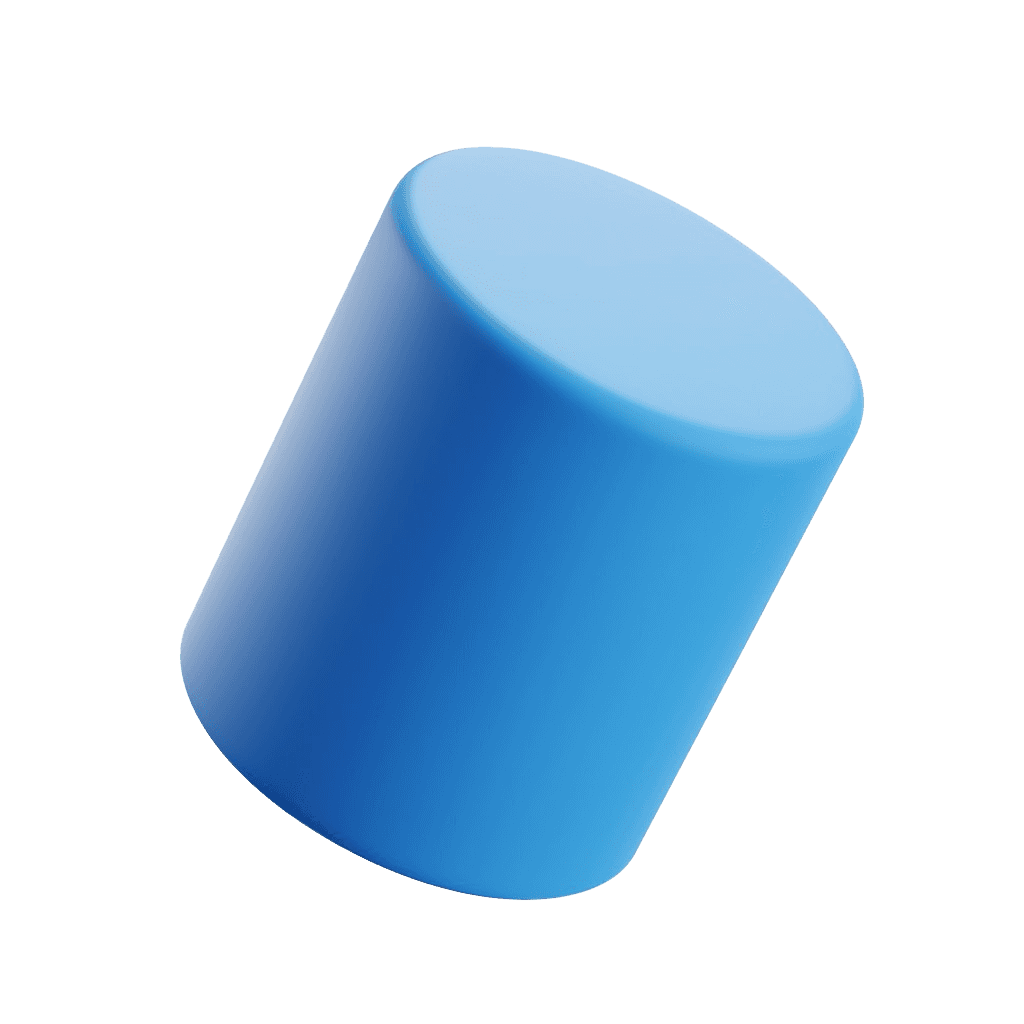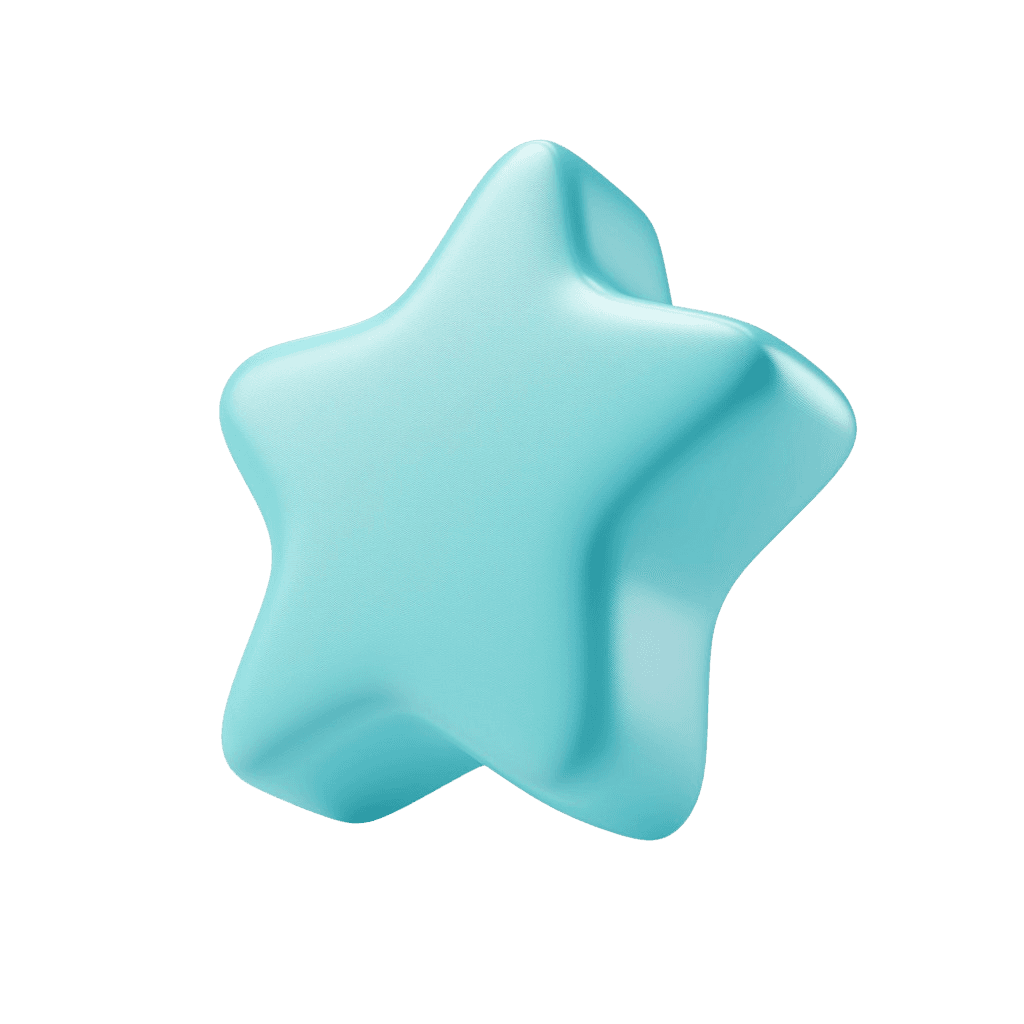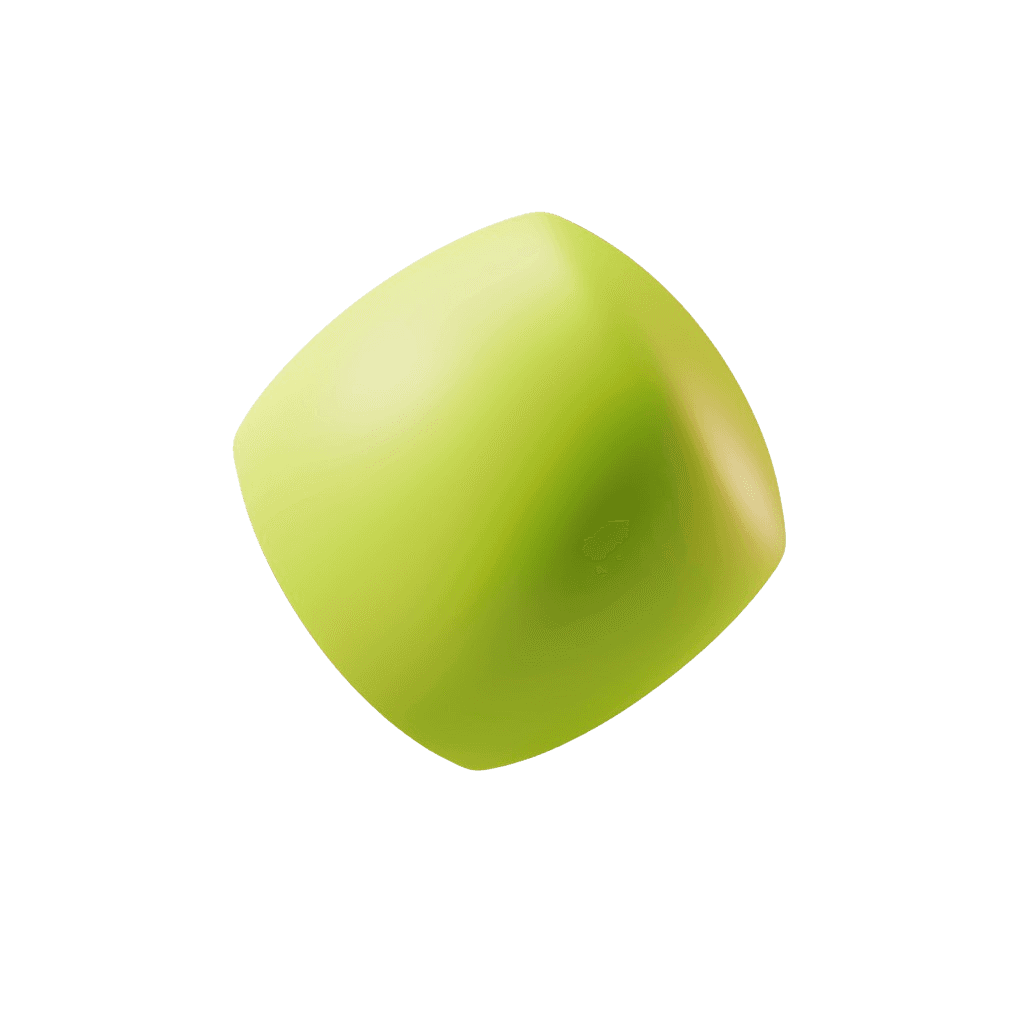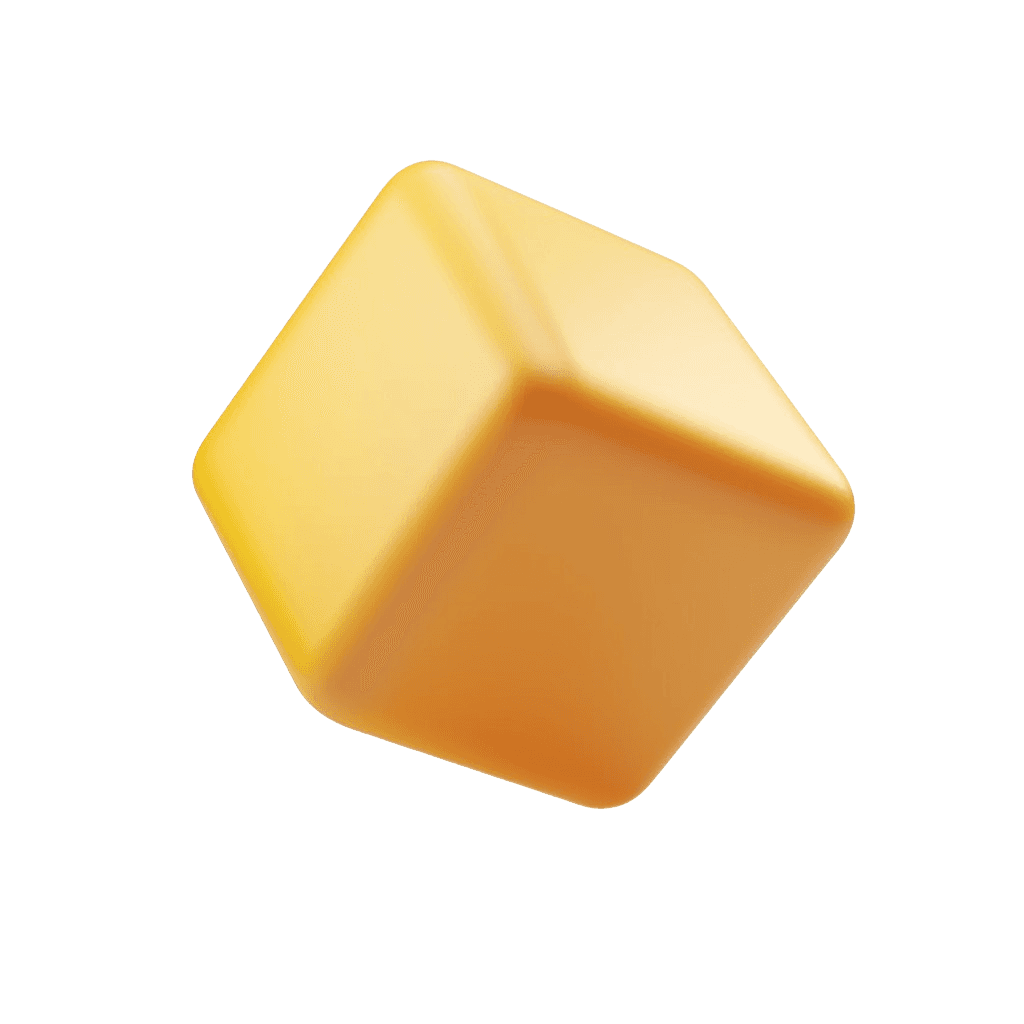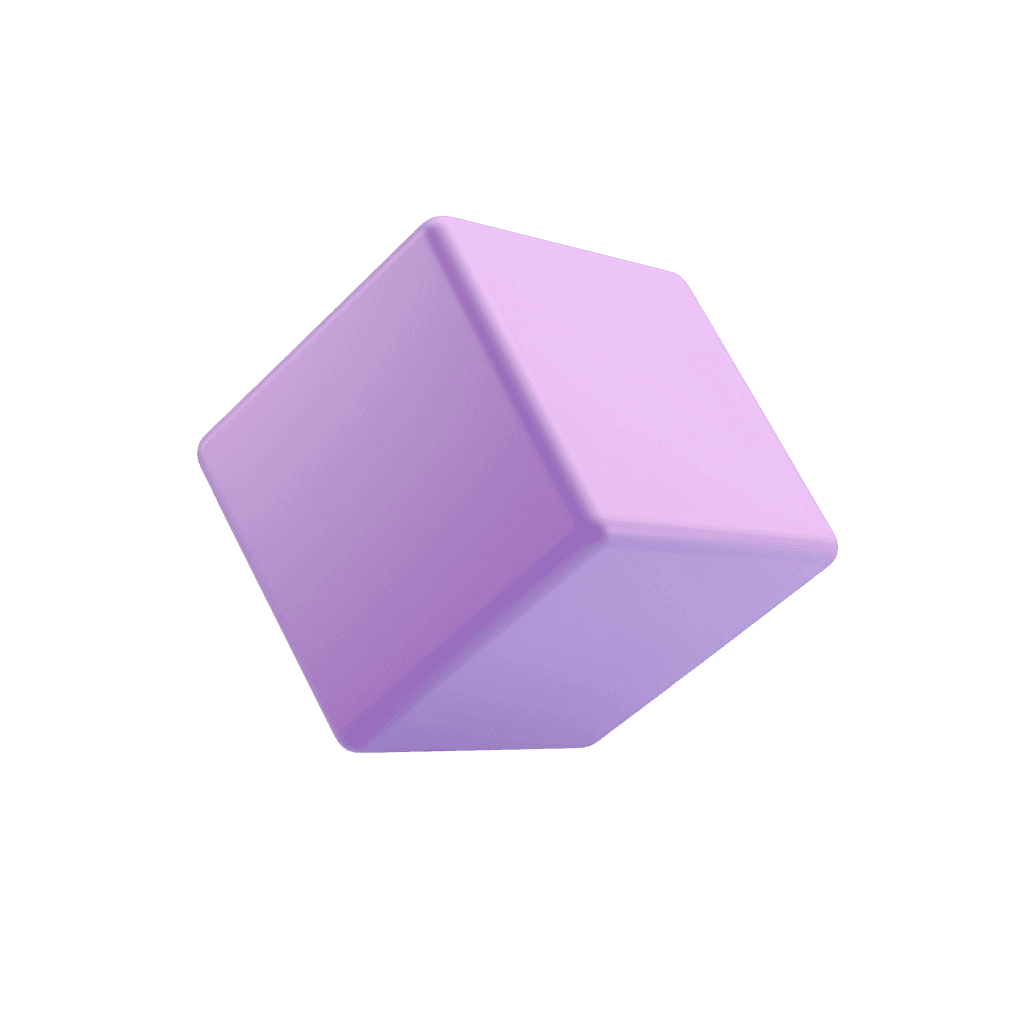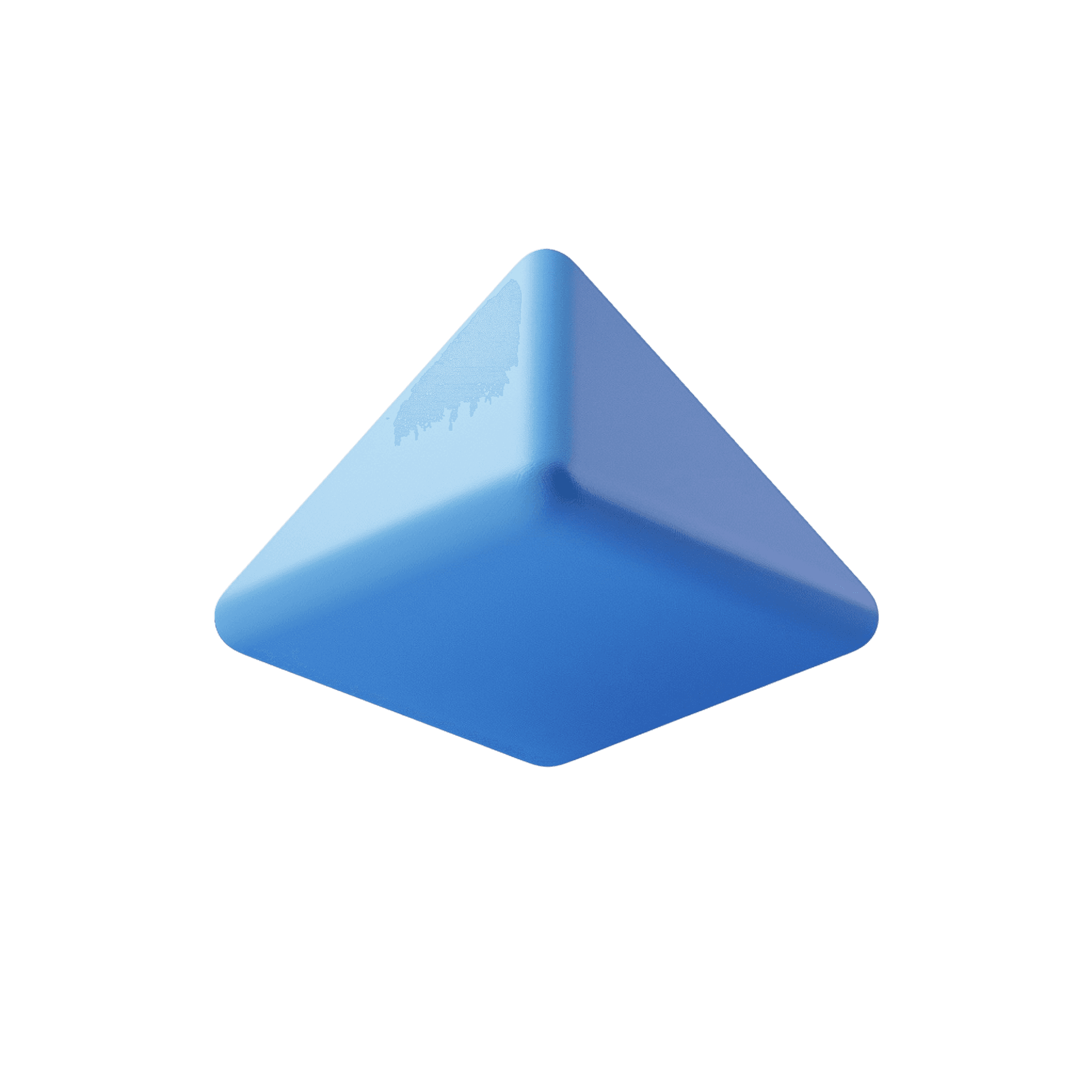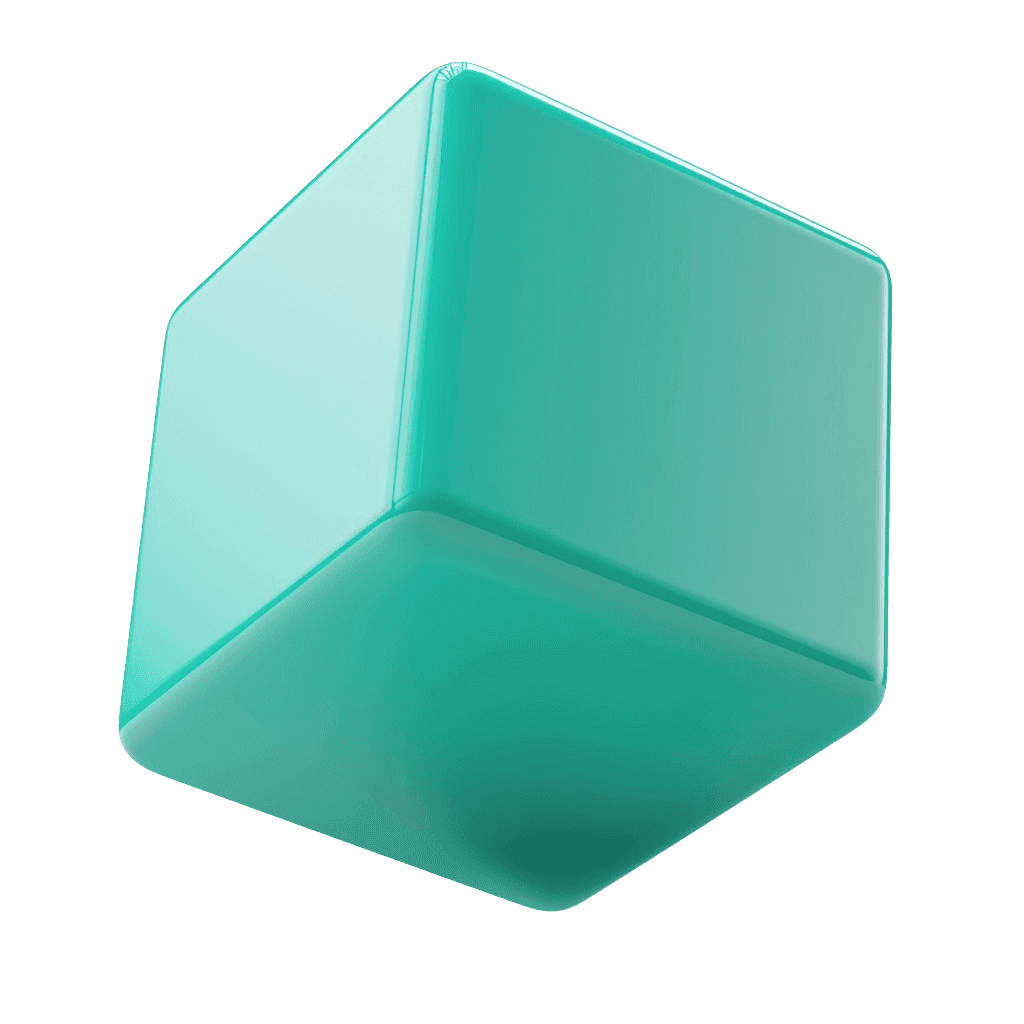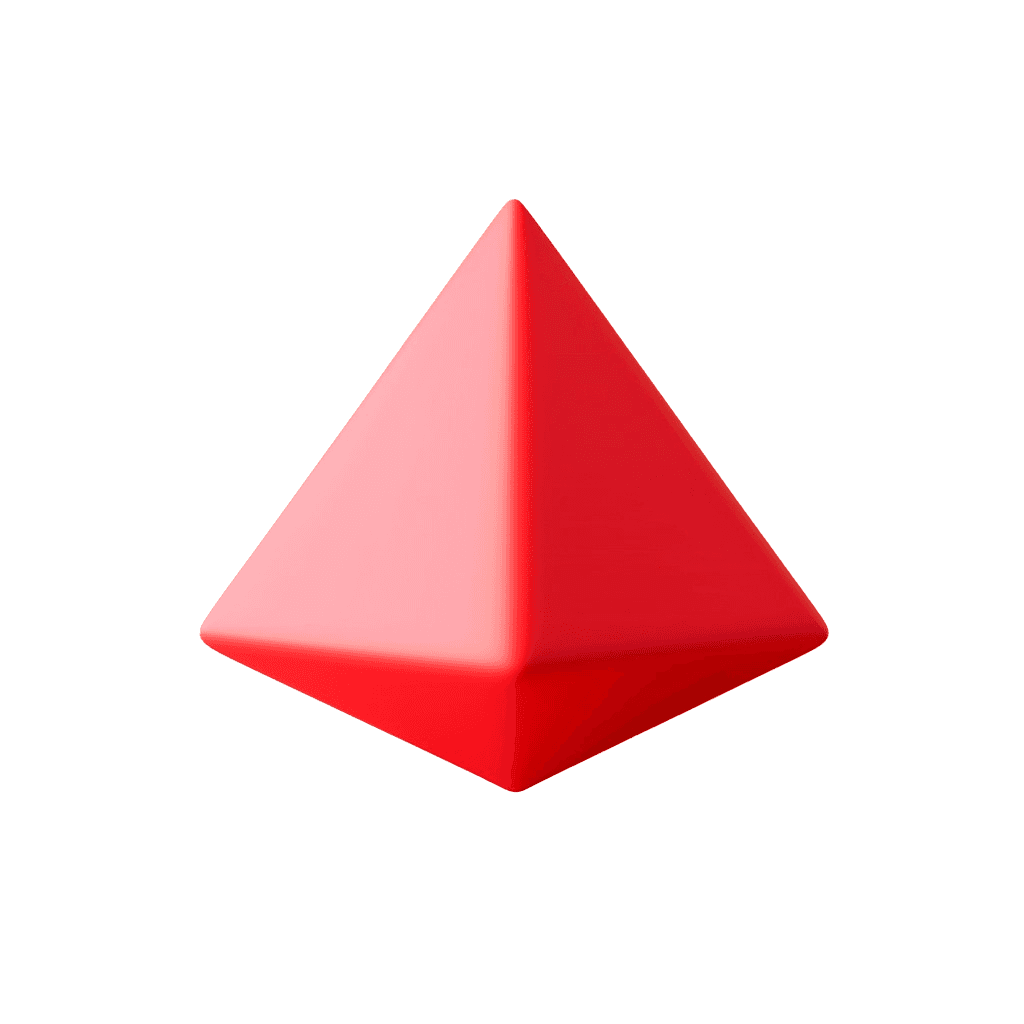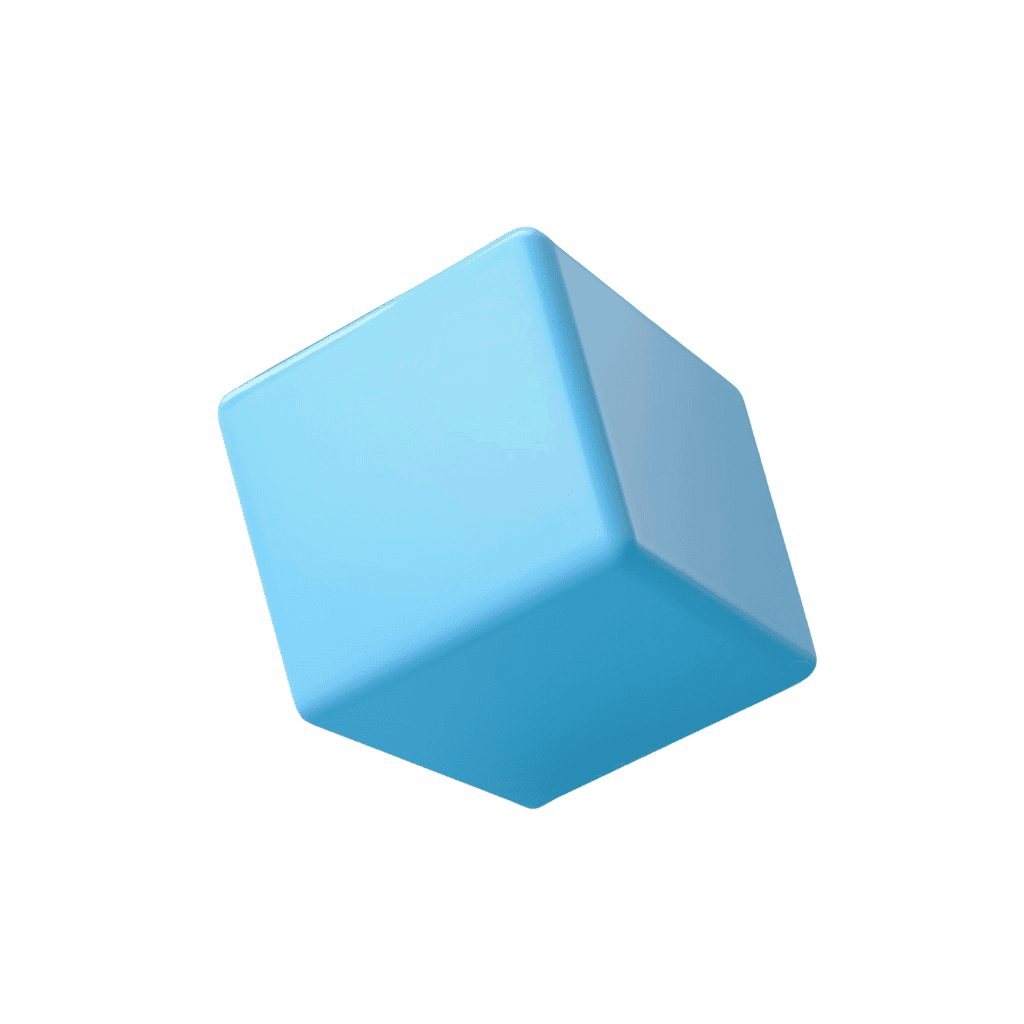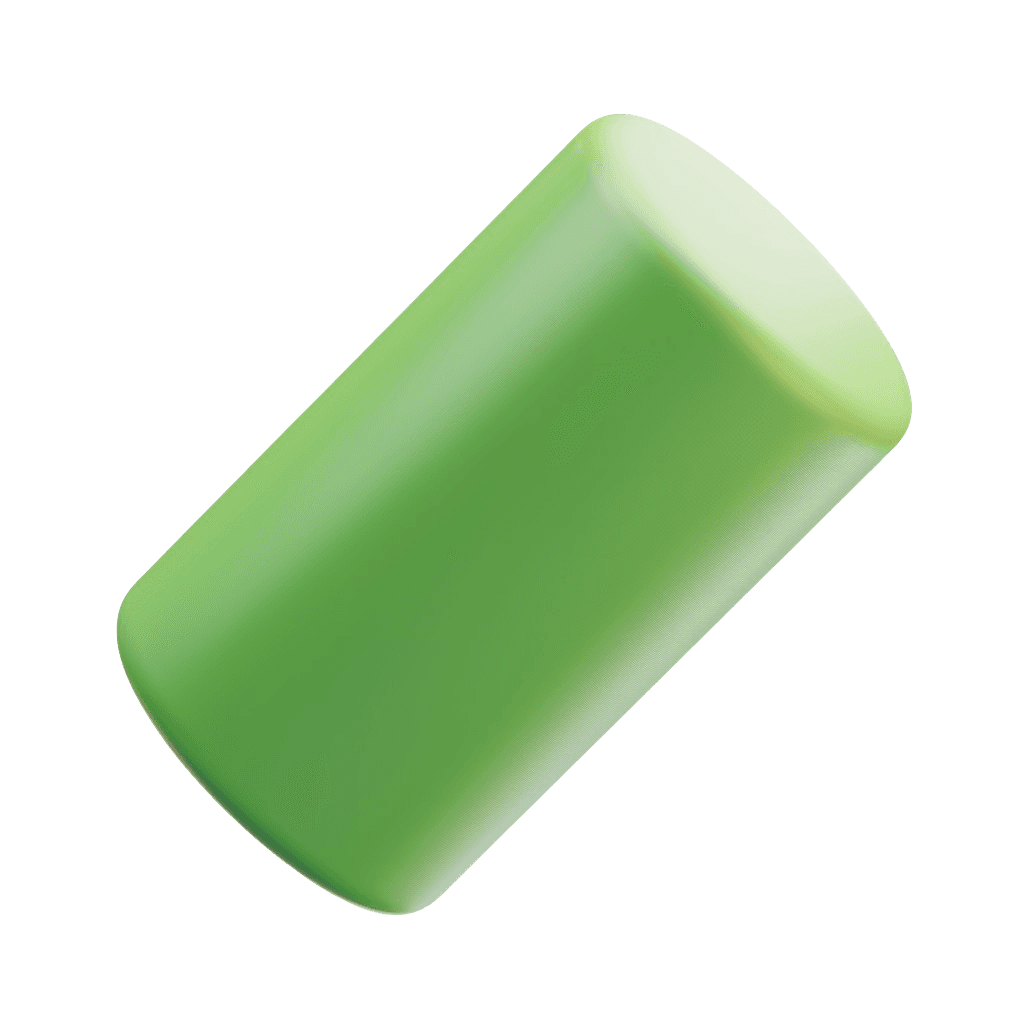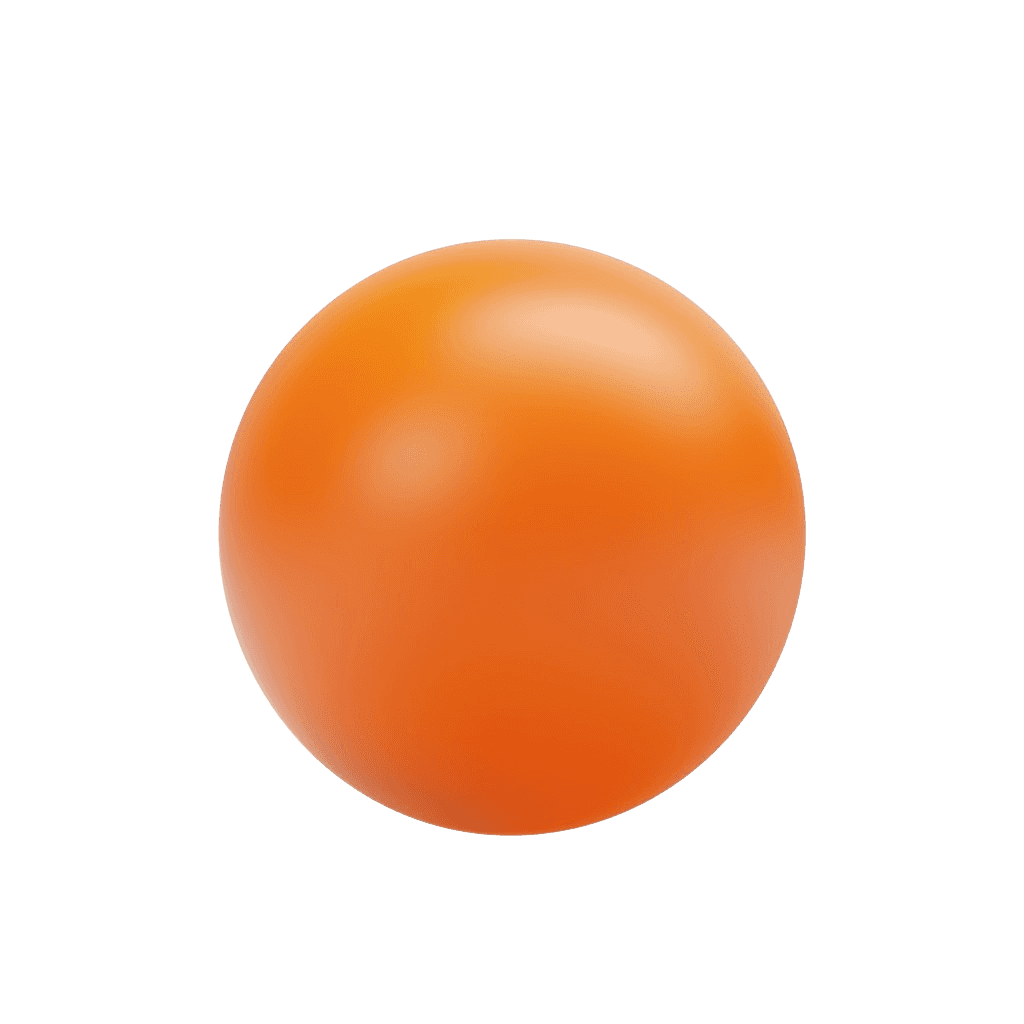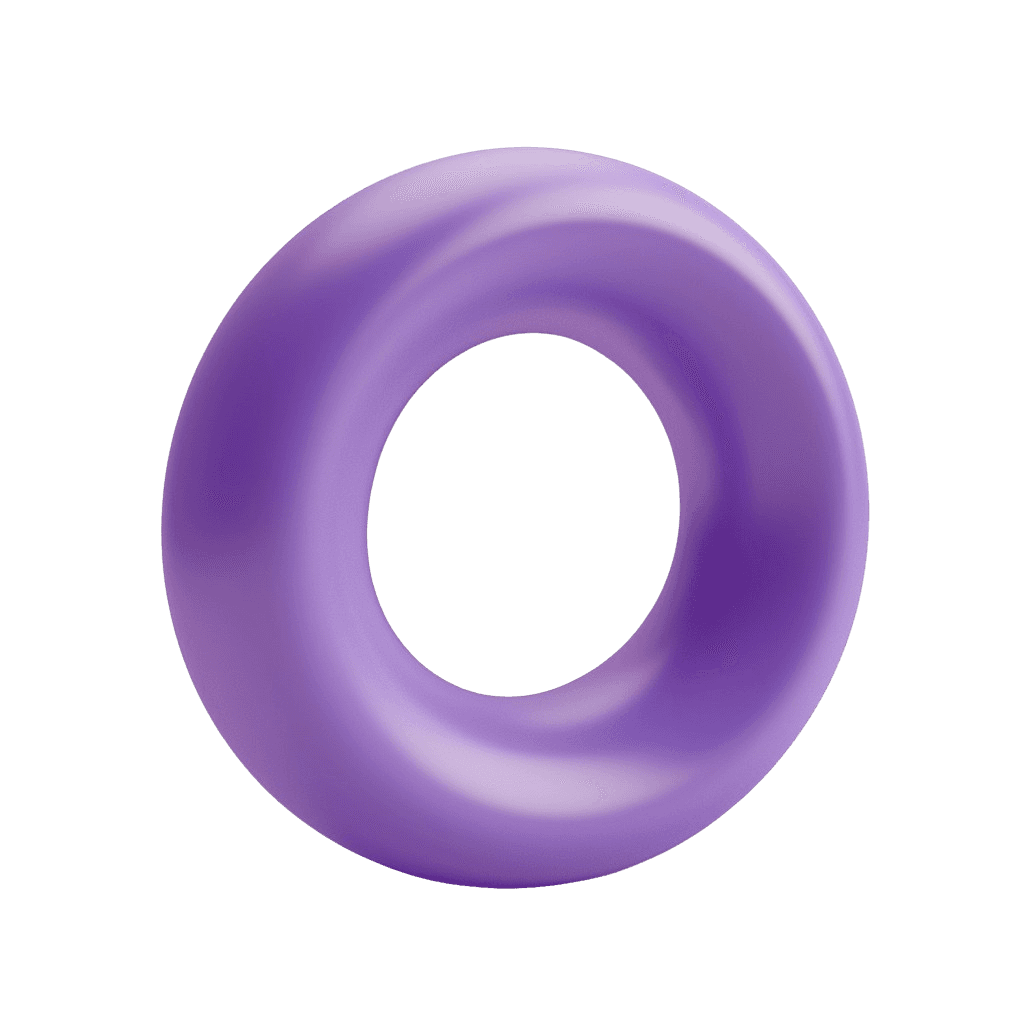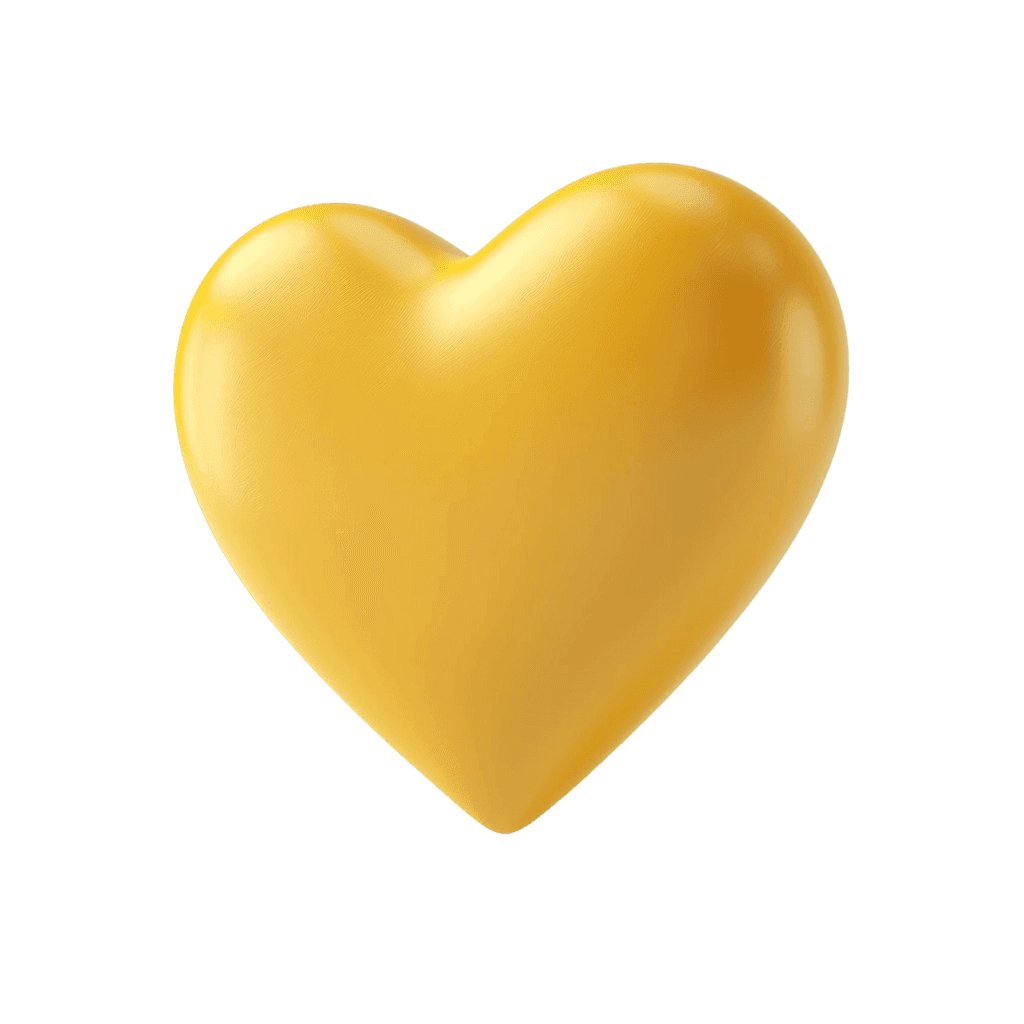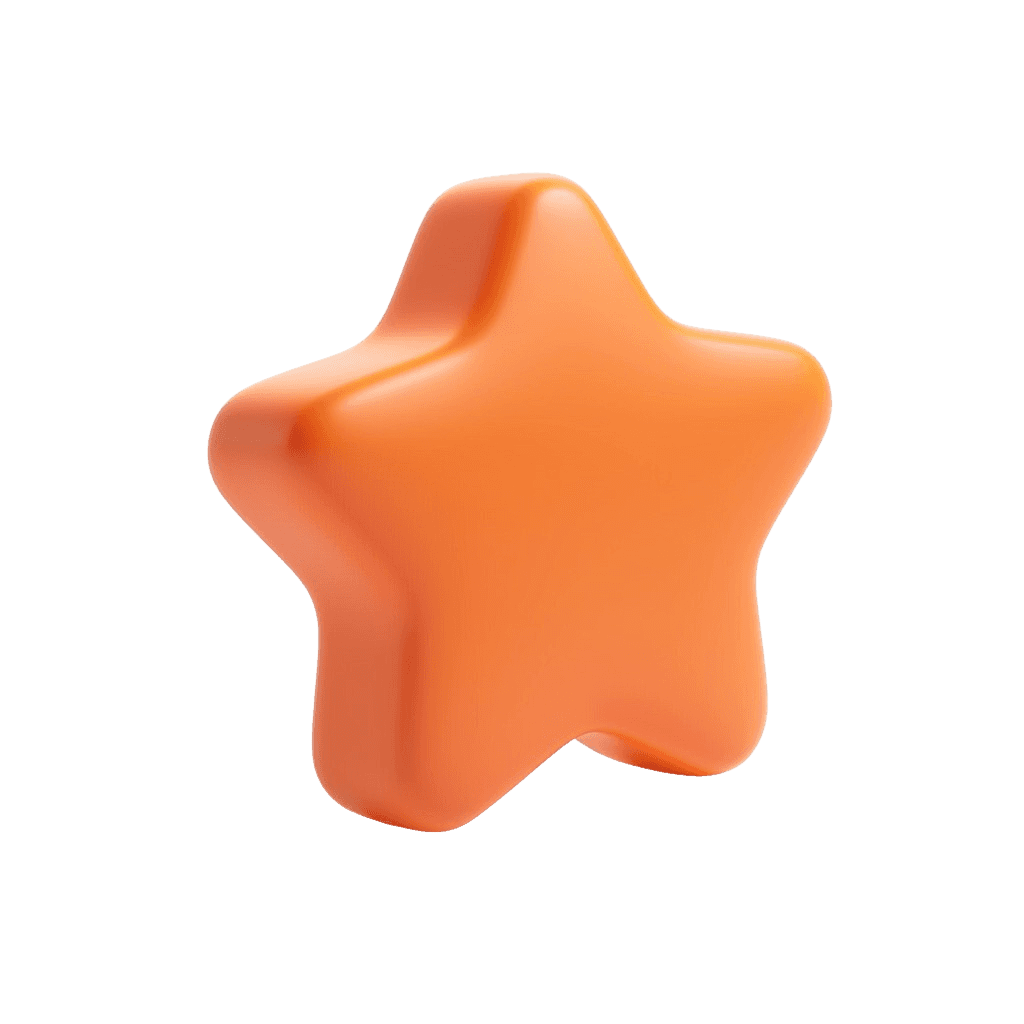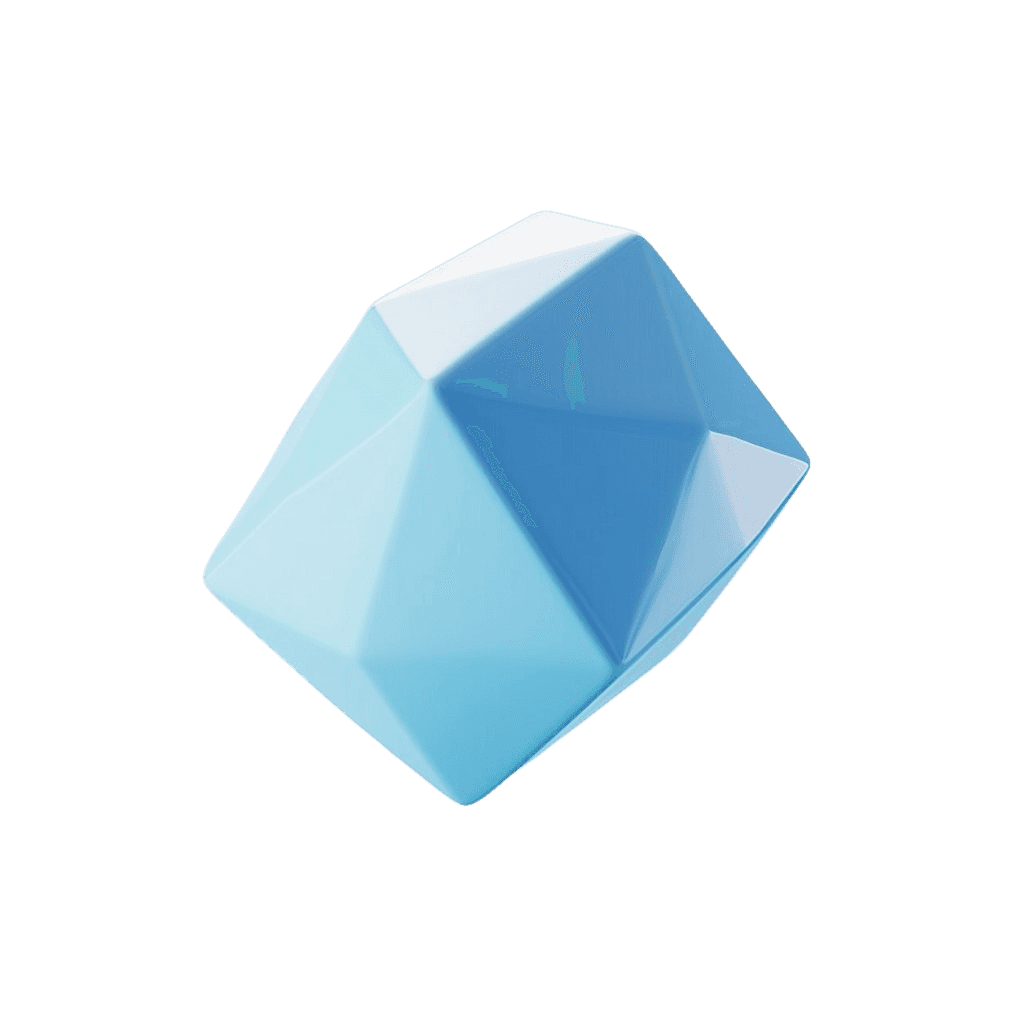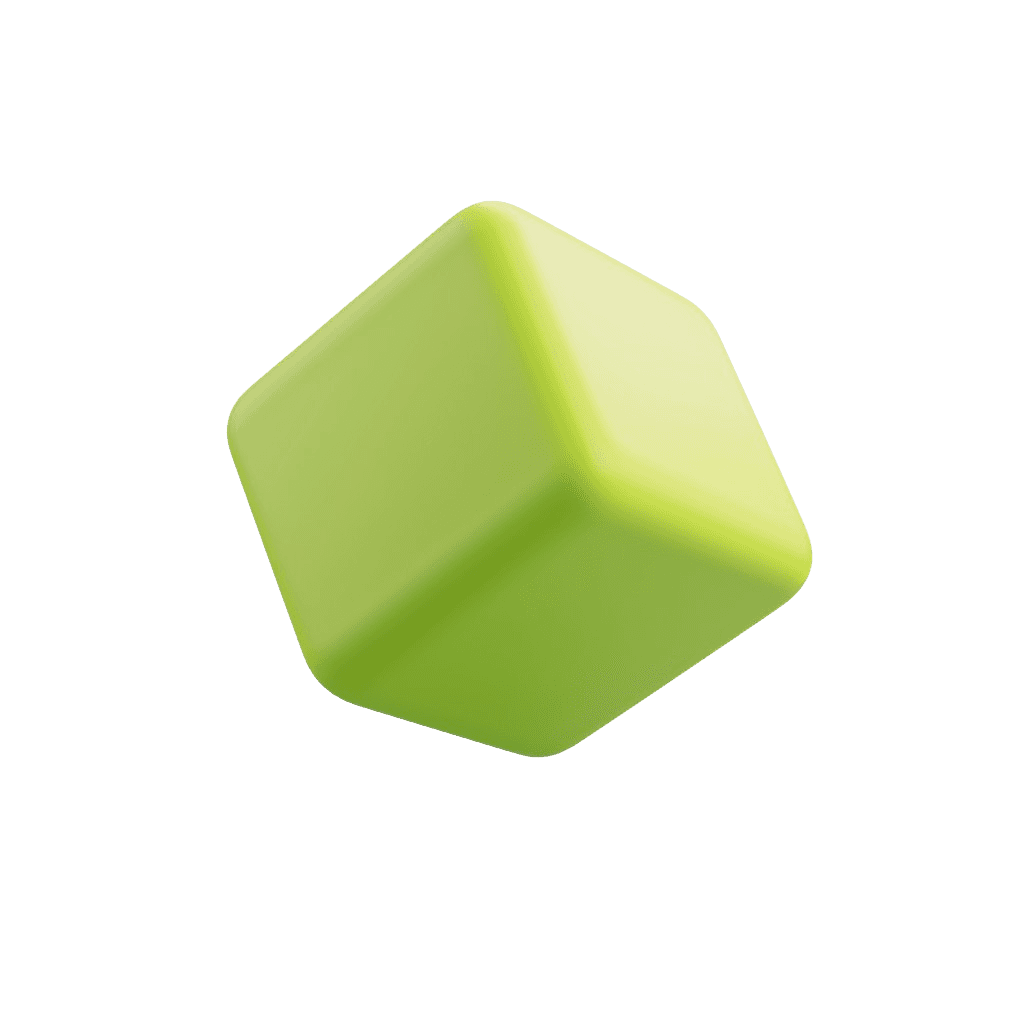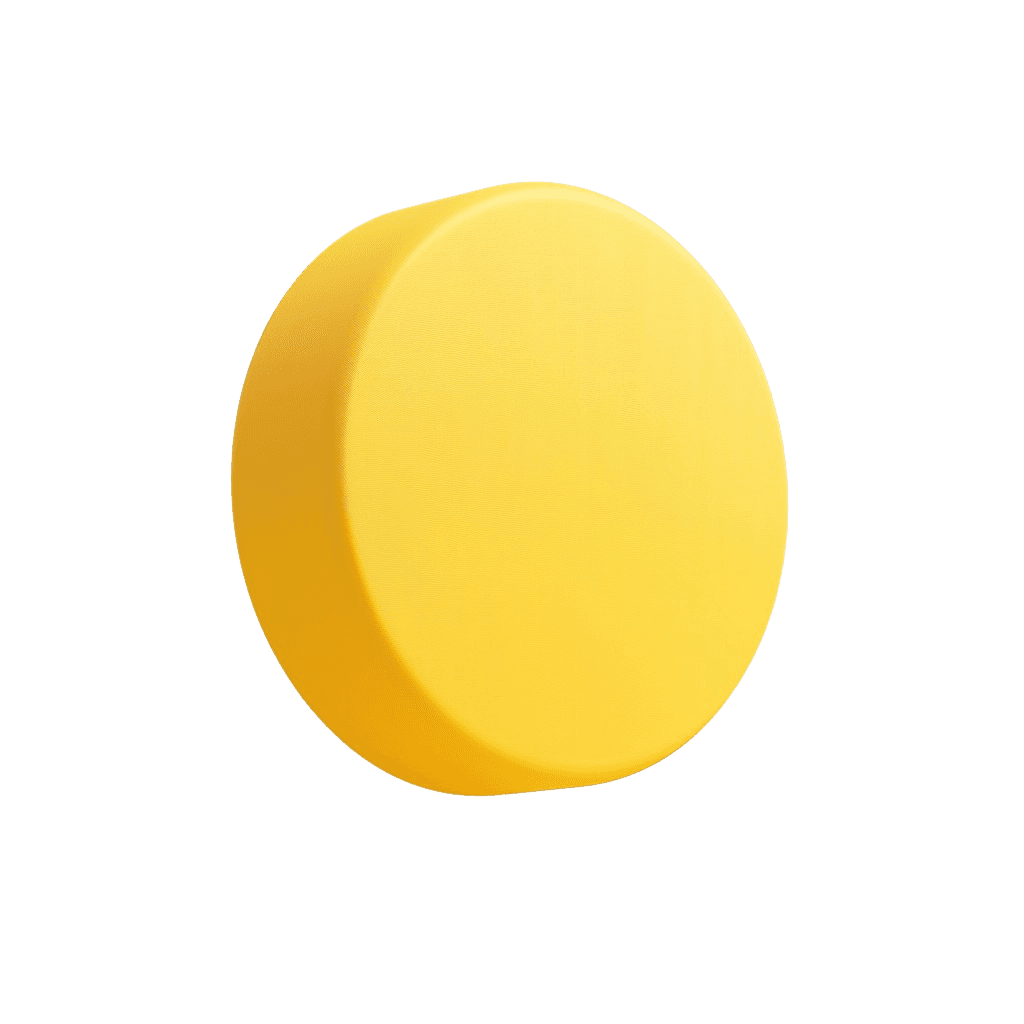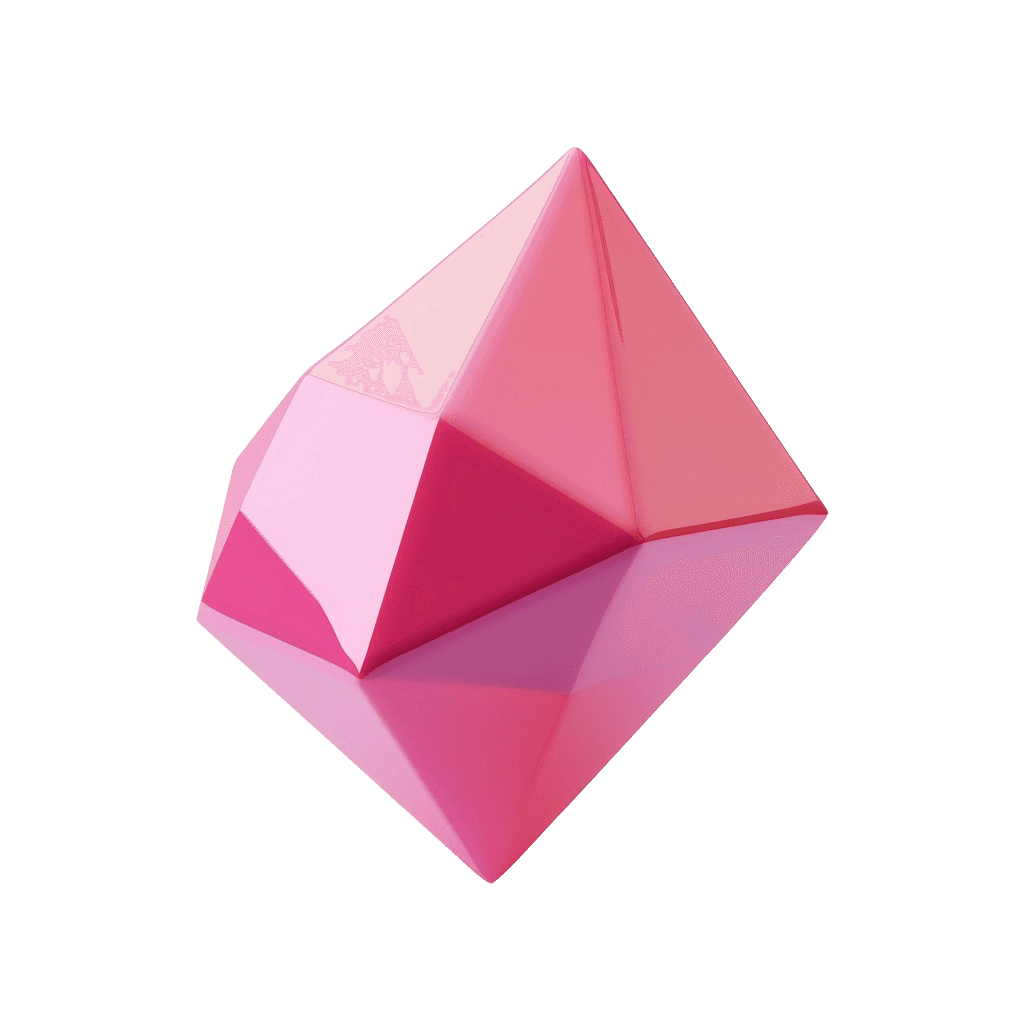About Me
My Stack
My Design Process
My design process starts with in-depth research to understand the project's goals, user needs, and business objectives. I analyze existing solutions, competitors, and conduct user interviews or surveys to gather insights. This phase helps me identify key pain points, user expectations, and how the product can offer unique value. A strong understanding of the target audience ensures the design is aligned with both user needs and business goals.
Based on the research findings, I create detailed user personas that represent the target audience. These personas include demographic information, goals, challenges, and behaviors. They serve as a reference point throughout the design process, guiding decisions to ensure the user’s needs are prioritized. Personas help in making informed design choices and ensuring that the user experience is tailored to the people who will interact with the product.
In this phase, I focus on organizing the content and structure of the product to ensure seamless navigation. I create site maps and flowcharts that define how users will access different sections or features. The goal is to make sure the structure feels intuitive and helps users find information quickly without confusion. Effective information architecture is essential for making a complex product feel simple and accessible.
With the structure in place, I create low-fidelity wireframes that outline the basic layout and user flow. This stage allows me to experiment with different layouts and see how content is organized on the screen. Wireframing helps establish the visual hierarchy and functionality before moving on to more detailed designs. It’s a crucial step to ensure that the navigation and layout are intuitive and meet user needs.
After wireframes are approved, I build interactive prototypes to simulate the user journey and interactions. Tools like Figma or Framer allow me to create clickable prototypes that showcase how the final product will work. Prototypes help me test the design with users and stakeholders, gather feedback, and make improvements. They are also valuable for presenting the design to clients or developers, offering a glimpse of the actual user experience.
Once the layout and functionality are confirmed, I move into high-fidelity design. In this phase, I focus on creating a visually appealing interface that aligns with the brand and enhances user experience. I work on typography, color schemes, iconography, and imagery, ensuring consistency across all screens. The design must be aesthetically pleasing, easy to use, and reinforce the product’s purpose. Attention to detail is key to creating an interface that feels polished and professional.
After finalizing the UI design, I conduct usability testing with real users to validate the design and identify potential issues. This phase helps uncover any obstacles in the user journey and provides insights into how users interact with the product. Usability testing can include tasks such as navigating the app, completing a booking, or finding specific information. Gathering user feedback allows me to make adjustments and ensure the product is intuitive, efficient, and meets user expectations.
Based on the results of usability testing and client feedback, I refine the design. This could involve tweaking the visual elements, simplifying user flows, or addressing specific user pain points. Iteration is a continuous process, as new insights often lead to improvements. The goal is to ensure that the design not only looks good but also delivers a seamless, enjoyable experience for users.
Throughout the entire design process, I maintain close communication with the client to ensure that the design aligns with their vision and business goals. I regularly present design updates, gather feedback, and collaborate on adjustments. Client involvement helps ensure that the final product meets both their expectations and the needs of their target audience. I take their input seriously, balancing it with user-centered design principles.
Once the design is finalized, I prepare the assets and specifications for handoff to the development team. I provide support during the development phase to ensure that the design is implemented accurately and that the user experience remains consistent. I also remain available for further refinements or adjustments post-launch, ensuring that the final product aligns with the initial vision and continues to meet user needs.
During the development phase, I actively participate in quality assurance to ensure the design is accurately implemented. I review the development work, test the functionality, and ensure that the design elements are responsive and consistent across different devices and screen sizes. This step helps identify any discrepancies between the design and the final product, ensuring that the user experience is flawless when the product is launched.
After the product is launched, I continue to monitor user interactions and gather feedback. This allows me to identify any areas where users may still encounter challenges or where improvements can be made. I use analytics tools to track user behavior and make data-driven decisions for future updates. This ongoing optimization ensures the product evolves based on user needs and continues to provide value over time.

